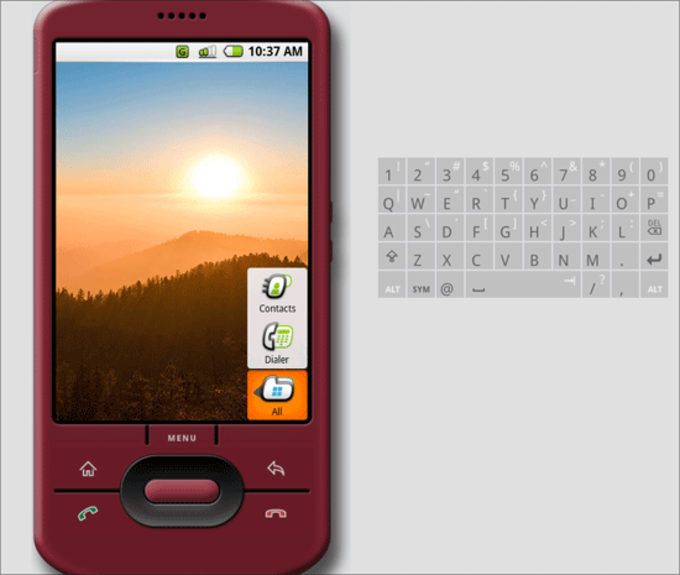The ADT Bundle includes:. Android SDK Tools. Android Platform Tools. Latest Android Platform. Eclipse with integrated ADT Plugin. Latest System Image for Emulator.
In your home folder, create a new folder named “dev”. To get to home folder in OS X, open Finder and press CMD+Shift+H. Download the ADT package at. Once downloaded, unzip the ADT archive (if necessary) and save to your “dev” folder. Browse to /dev/adt-bundle-/eclipse and double-click the Eclipse icon. You may receive a warning like the following. Note that some packages are already selected for installation by default.
Leave these projects selected. If not already selected under Tools, select Android SDK Tools, Android SDK Platform-tools, and Android SDK Build-tools. Open Android 4.4.2 (API 19) and select the items for SDK Platform and ARM EABI v7a System Image under it. Click Install X Packages, where X is the number of selected packages (it may vary based on what needs to be updated). On the next dialog, choose Accept License. Click Install to install and update packages.
Note that the ADT bundle and the NDK are extracted into their own folders within the Dev folder (in this case, folders that were in the root of their archive). The names of the folders, where the ADT bundle and the NDK reside, are not vitally important. As long as they are in separate folders and are not extracted directly into the Dev folder, any conflict between the two packages can be avoided. It is recommended you use the above naming scheme so that there is no question which version of the ADT bundle and the NDK are installed. You can read more about installation and use of the NDK here:. Configure Eclipse for NDK Usage.
Download and install the Eclipse ADT Plugin. In the Eclipse menu go to: Help-Install New Software. Click Add in the top-right corner.
In the Add Repository dialog that appears, enter “ADT Plugin” in the Name field and the following URL:. Click OK. In the Available Software dialog, select the checkbox for Developer Tools and click Next. In the next window, you will see a list of tools to be download. Read and accept the license agreements, then click Finish. Click OK if you get any prompts regarding the security and authenticity of the software. When the installation completes, restart Eclipse.
Android Sdk For Eclipse Download

Eclipse Android Sdk Download For Mac
Configure the NDK path. In the Eclipse menu go to: Window - Preferences - Android. Under Android select NDK. Set the NDK Location field to the directory where the NDK is installed. Echo ‘export ANDROIDHOME=/dev/adt-bundle-mac-x0702/sdk’ /.profile echo ‘export ANDROIDNDK=/dev/android-ndk-r10e’ /.profile echo ‘export PATH=$PATH:$ANDROIDHOME/tools:$ANDROIDHOME/platform-tools:$ ANDROIDNDK’ /.profile.
Eclipse Sdk Download
To verify that the Android NDK environment is set up correctly, launch a new terminal and go to the samples/hello-jni folder in the Android NDK. Execute the command ndk-build, which will compile the sample hello-jni application if everything is set up correctly.